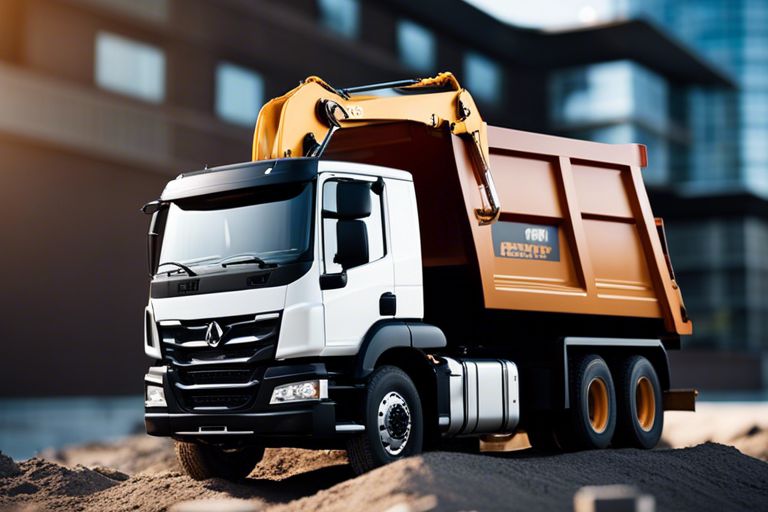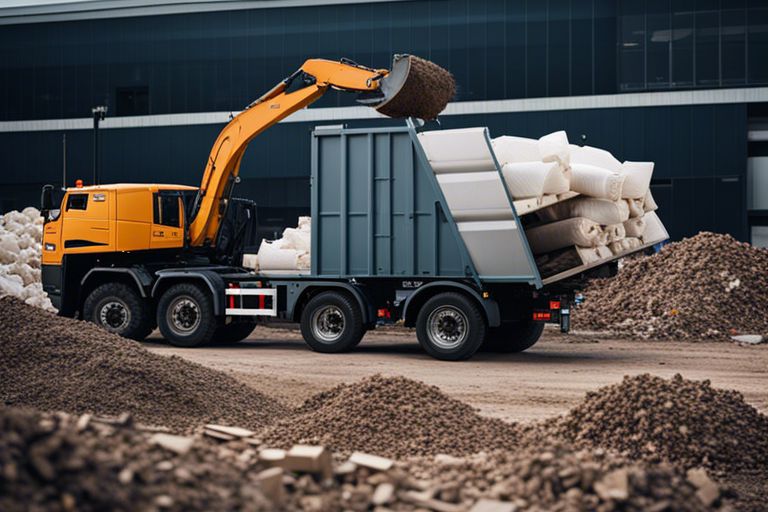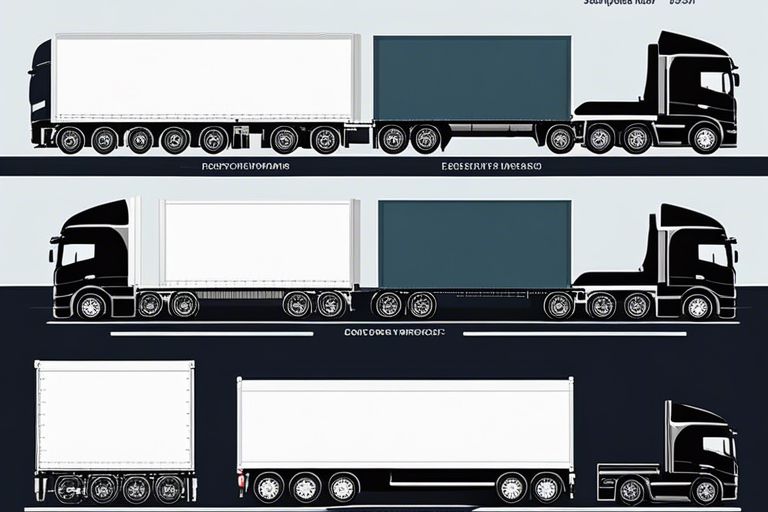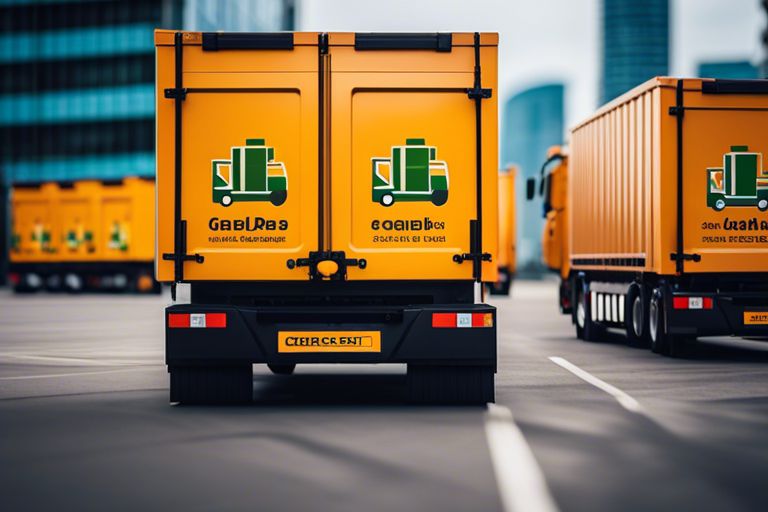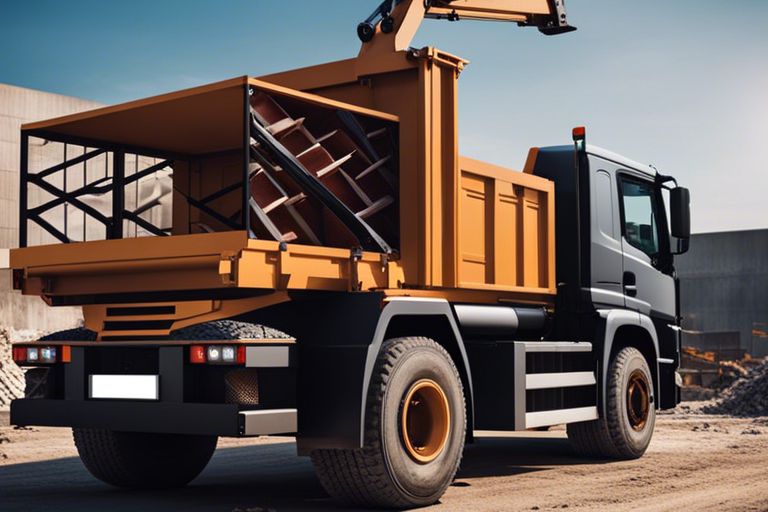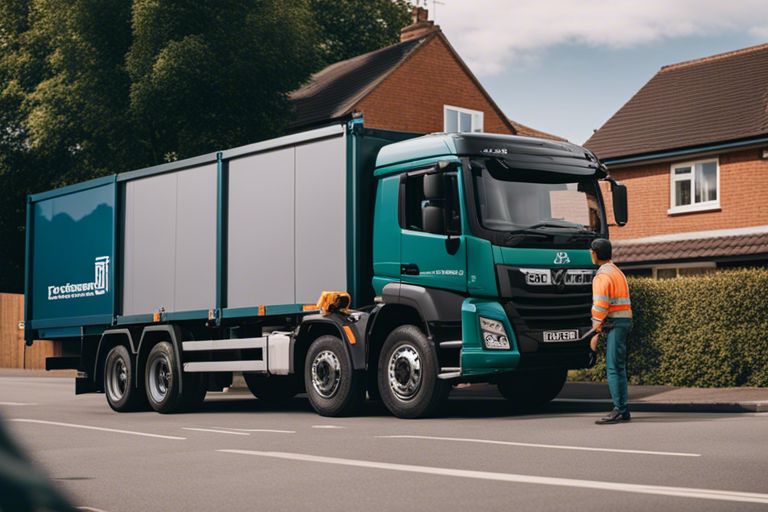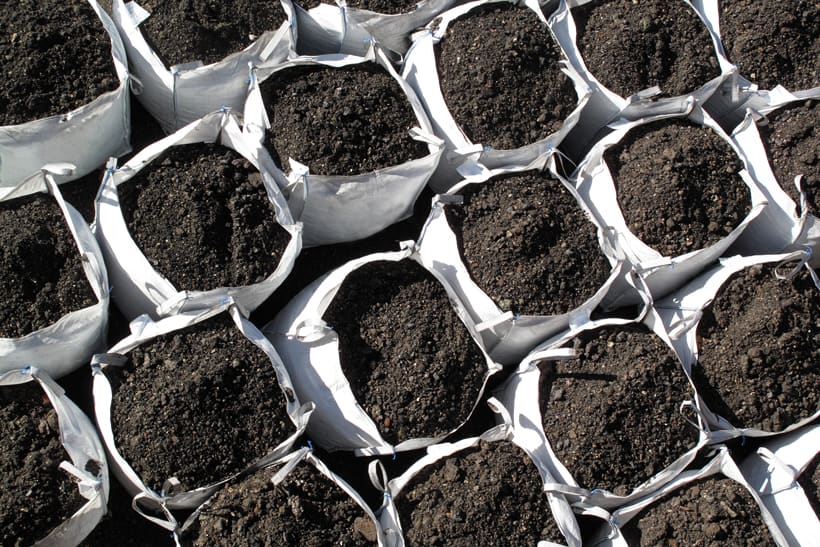Everyone knows that hazardous and non-hazardous waste are different, but not everyone is sure what the difference is. To help clear up any confusion, this article will explain what these terms mean so you can avoid potentially harmful mistakes with your trash disposal.
Hazardous Waste:
This term refers to waste that contains at least one of the following five elements: chlorine (Cl), mercury (Hg), lead (Pb), asbestos fibers or other types of airborne particulates dense enough to cause respiratory harm.
Non-Hazardous Waste:
This term refers to any other type of waste, including wood chippings and other organic materials that are not hazardous and do not contain these five elements mentioned above.
What Is Non-Hazardous Waste?
Non-hazardous waste is waste that doesn’t contain hazardous materials such as asbestos, mercury, lead, etc. It includes things like small amounts of paint, rubber, glass, and plastic. Waste that doesn’t contain hazardous materials is often called “hazardous waste” or “hazardous material.”
Non-hazardous waste is waste that does not pose a direct threat to human health or the environment
It is more loosely monitored than hazardous waste
Non-Hazardous Waste Disposal Methods
There are many different types of non-hazardous waste, and each requires a unique disposal method.
To get the best information, contact a reputable waste-disposal company.
A testing laboratory can let you know whether your waste is hazardous or not. Then, you can determine which disposal protocols to follow to get rid of your waste safely and responsibly.
The EPA recommends a variety of different hazardous waste testing methods to determine the best way to dispose of the waste.
Different methods will be necessary depending on the physical nature of the waste – whether it is aqueous, oil, sludge, etc.
A quality laboratory will be able to determine which tests are necessary for your particular waste stream.
Classifying Non-Hazardous Waste
Non-hazardous waste does not pose a direct threat to human health or the environment, but it still cannot be dumped into a trash receptacle or a sewer line.
Most of the waste produced in the United States is non-hazardous because it is not toxic by nature.
The RCRA considers the category of solid non-hazardous waste to include garbage and other solid materials, but under this definition, other substances such as slurries, semisolids, liquids and gas containers are considered solid waste as well.
Non-Hazardous Waste Examples
Five non-hazardous waste examples are:
1. Paper and cardboard
2. Food scraps
3.Shredded paper (if shredded before being put into recycling bins)
4.Sand
5.Brick
How to Transport Non-Hazardous Waste
There are two ways to transport non-hazardous waste:
– By vehicle
– By rail
What are hazardous wastes?
Hazardous wastes are any materials, substances, or wastes that are considered hazardous by law. The term “hazardous waste” is used to describe waste materials that are not necessarily toxic or poisonous, but are considered potentially dangerous, such as chemical waste and waste oils.
Hazardous wastes are those that are dangerous and difficult to handle. Many hazardous wastes are classified as hazardous because they contain chemicals that can be harmful if released into the environment.
The purpose of the Hazardous Waste Regulations (Northern Ireland) 2005 is to provide an effective system of control for these wastes and to make sure they are soundly managed from their point of production to their final destination for disposal or recovery. Knowing what to do with waste products can be tricky- every industry produces different types of hazardous and non-hazardous waste, and knowing which ones your business produces can be tricky
Hazardous waste must be properly documented and tracked so it can be disposed of in a safe and responsible way.
Proper storage, handling, and disposal of hazardous waste is essential to protect public health and the environment.
Treating hazardous waste
Types of hazardous waste include those that are suffixed with an asterisk (*) and those that are not.
It is important to consult a reputable waste management company such as 1st Class Disposal when determining the correct treatment for your hazardous waste stream.
Hazardous and non-hazardous wastes must be treated differently, and it is illegal to mix them together.
5 Hazardous Waste Examples
1. Paint
2. Bleach
3. Solvents and thinner*
4. Oil-based paint*
5. Household hazardous waste (HHW)*
Hazardous waste has a special designation that is either an asterisk (*) or “Waste Code 4” on the label. Hazardous wastes include those classified as toxic, ignitable, or reactive.
Common examples of hazardous waste are listed below.
Industries that produce hazardous waste include pesticides, herbicides, paints, industrial solvents, fluorescent light bulbs and mercury-containing batteries.
Definition and classification of hazardous waste
The Northern Ireland Environment Agency has produced a detailed technical guidance document called ‘Technical Guidance WM3, Waste Classification – Guidance on the classification and assessment of waste’
The Environment Agency’s interpretation of the definition and classification of hazardous waste can be found in their technical guidance .
Many wastes are newly classified as ‘hazardous’ and some companies will now find themselves dealing with hazardous consignments for the first time. Hazardous waste is defined in the Hazardous Waste List incorporated in the European Waste Catalogue.
What is hazardous waste?
Hazardous wastes are divided into several categories:
1. Dangerous goods or dangerous waste (Special wastes);
2. Radioactive substances and radioactive waste;
3. Infectious substances, including biological materials;
4. Explosive substances;
5. Corrosive materials, such as acids and bases used in industry or the home;
6. Pesticides and herbicides;
7. Toxic chemicals
What are the 7 types of waste management?
Incineration/Combustion
Waste can be disposed of in many ways but, in this article, we’re looking at some of the most common methods.
Incineration is a process which burns waste at high temperatures [600° Celsius] to destroy organic substances. It is also called controlled-flame combustion, calcination and is a technology used to destroy the organic compounds in waste. New techniques are being developed and tested to be used as energy-generating methods.
Recovery and Recycling
Recovery is the process of taking the waste material and returning it to a useable state. It’s called ‘recycling’ when this is done to make new things from what was discarded.
Plasma gasification
Plasma technology breaks down organic matter into a syngas. It is primarily made up of hydrogen & carbon monoxide and can be used to create energy and fuel.
Composting
Composting is a biological process of organic matter decomposition in which the biomass that accumulates on the surface of soil or other compostable materials are broken down biologically by microorganisms. Compost is rich in nutrients, minerals and other organic matter.
Composting is the process of using microorganisms to decompose organic matter.
The term ‘biodegradable waste’ includes materials that become compost or soil, such as leaves, paper, grass clippings, food scraps and paper towels.
Waste to Energy (Recover Energy)
Energy recovery from waste is the conversion of non-recyclable waste materials into usable heat, electricity, or fuel through a variety of processes, including combustion, gasification, pyrolysis and anaerobic digestion. This can all happen through landfill gas recovery..
Special Waste Disposal
Some waste types are considered hazardous and – unless disposed of properly – can contaminate the environment. For example, some chemicals should not be poured down the drain because they could potentially leak out of holding tanks and taint ecosystem habitats near rivers, streams, or ponds.
Biomedical Waste disposal is one such method that is primarily used in health care facilities. The specific system effectively carries out hazardous biomedical waste disposal.
Avoidance/Waste Minimization
The easiest way to manage waste is by reducing the number of materials you create. This will ultimately lead to less waste at landfills.
Waste reduction strategies can include recycling old items like jar, bags, and repairing broken items instead of buying a new one. You could also avoid using disposable plastic products like grocery bags and avoid reusing second-hand goods too much. Buying items that use less design can help you reduce your waste as well.

